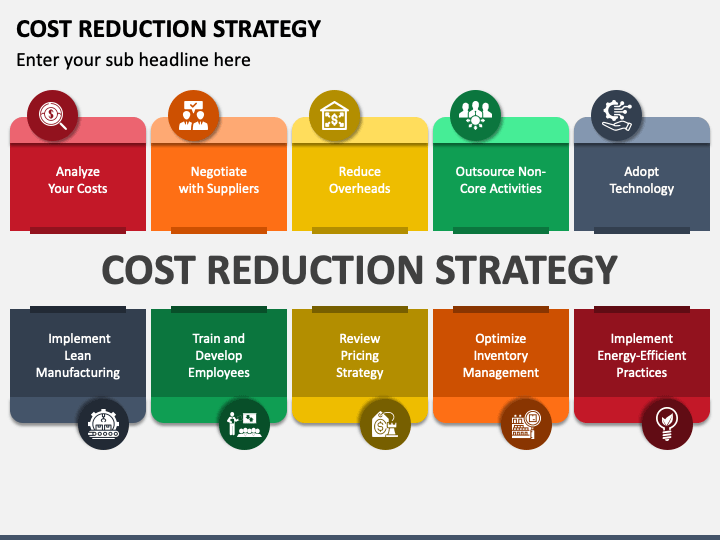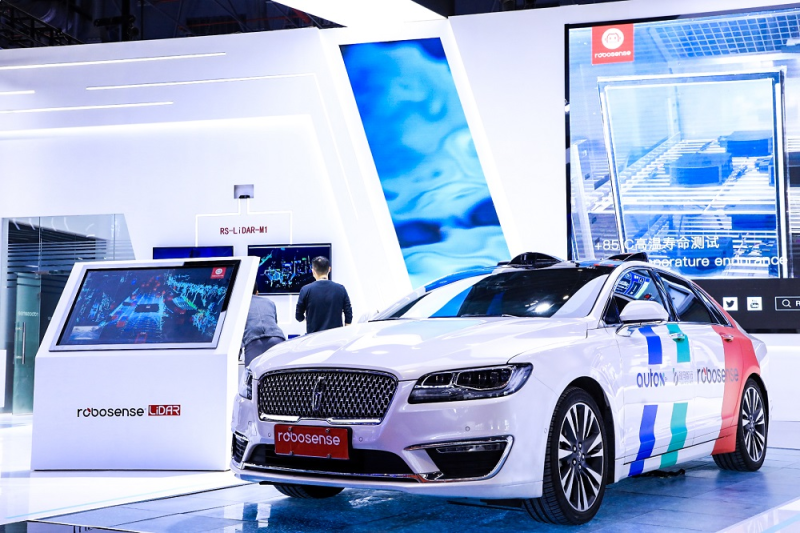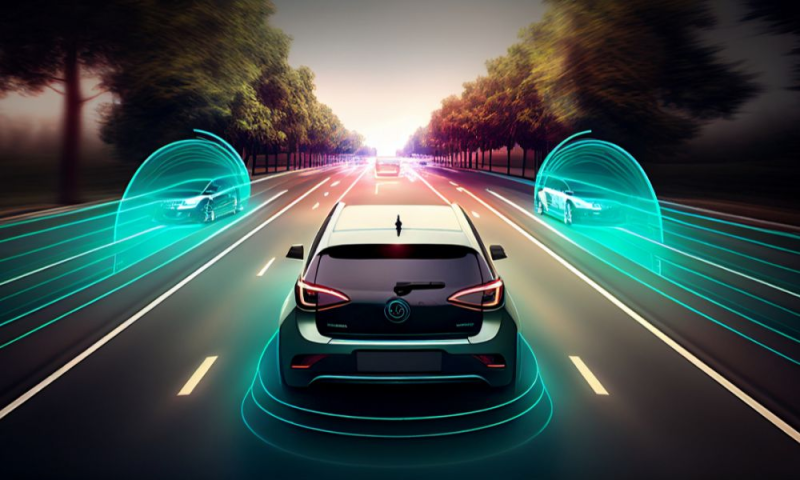In the rapidly evolving landscape of electric vehicles (EVs), the role of battery manufacturers cannot be overstated. Among them, Contemporary Amperex Technology Co. Limited (CATL) stands out as a pivotal player. CATL’s strategic initiatives, particularly in cost reduction, have far-reaching implications for the global EV market. This article delves into how CATL’s cost reduction strategy is reshaping the EV industry, the technological hurdles in scaling up solid-state battery production, and the advancements in fast charging technology that are extending battery life.

CATL’s Cost Reduction Strategy CATL has been proactive in implementing a multifaceted cost reduction strategy aimed at making EVs more affordable and accessible. One of the key aspects of this strategy is optimizing material sourcing. By securing stable supplies of critical materials such as lithium, cobalt, and nickel, CATL can mitigate price volatility and ensure a steady production flow. Additionally, CATL focuses on enhancing manufacturing efficiency through advanced production techniques and automation, which significantly reduces labor costs and improves product consistency. Supply chain optimization is another crucial element, with CATL working closely with suppliers to streamline logistics and reduce waste. These measures collectively contribute to lowering the overall cost of EV batteries, making them more competitive in the global market.
Impact on the Global EV Market The ramifications of CATL’s cost reduction strategy extend beyond mere price reductions. Increased affordability of EVs is a major driver for market expansion. As battery costs decrease, EVs become more economically viable for a broader range of consumers, including those in emerging economies where cost sensitivity is high. This affordability also encourages more traditional automakers to invest in EV production, intensifying competition and driving innovation. The competitive dynamics are further influenced by the potential for cost reductions to accelerate the transition from internal combustion engine vehicles to EVs, thereby reducing the overall carbon footprint of the transportation sector.
Technological Barriers in Solid-State Battery Production While solid-state batteries offer numerous advantages such as higher energy density and improved safety, scaling up their production presents significant technological challenges. One of the primary obstacles is the development of suitable solid electrolytes that can match the performance of liquid electrolytes while maintaining stability and conductivity. Additionally, the manufacturing processes for solid-state batteries are still in the nascent stages, requiring substantial investment in research and development to achieve cost-effective and high-volume production. Efforts are ongoing to address these issues through collaborations between academia and industry, with a focus on material science and process engineering to unlock the full potential of solid-state batteries.
Improvements in Fast Charging Technology Fast charging technology is a critical area of innovation in the EV sector. Recent advancements have shown promising results in reducing charging times while extending battery life. For instance, the MSCC (Multi-Stage Constant Current) charging strategy has gained attention for its ability to dynamically adjust charging currents based on the battery’s state of charge and temperature. This adaptive approach not only minimizes charging time but also prevents overcharging and overheating, which are common issues in fast charging scenarios. Other improvements include the development of advanced battery management systems that optimize charging protocols and the use of new materials that enhance the battery’s ability to withstand high charging rates without degradation. These technological advancements are crucial in alleviating range anxiety and promoting the widespread adoption of EVs.
Conclusion CATL’s strategic focus on cost reduction has positioned it as a key driver in the global EV market. By lowering the cost of EV batteries, CATL is making electric vehicles more accessible to consumers worldwide, thereby accelerating the transition to a sustainable transportation future. While challenges remain in scaling up solid-state battery production and optimizing fast charging technology, ongoing research and development efforts hold the promise of overcoming these hurdles. As the EV market continues to grow, CATL’s influence and innovations will undoubtedly play a crucial role in shaping the future of mobility.
Questions and Answers
- How does CATL’s cost reduction strategy benefit consumers?
- CATL’s cost reduction strategy directly benefits consumers by making EVs more affordable. Lower battery costs translate to reduced vehicle prices, making EVs a more viable option for a larger segment of the population.
- What are the main challenges in scaling up solid-state battery production?
- The main challenges include developing stable and conductive solid electrolytes, optimizing manufacturing processes for high-volume production, and ensuring cost-effectiveness. These issues are being addressed through extensive R&D efforts.
- How does fast charging technology extend battery life?
- Fast charging technology, such as the MSCC charging strategy, extends battery life by dynamically adjusting the charging current based on the battery’s state of charge and temperature. This prevents overcharging and overheating, which are major factors in battery degradation.
- What role does CATL play in the global EV market?
- CATL is a leading player in the global EV market, particularly in the battery manufacturing sector. Its cost reduction strategies and technological innovations have a significant impact on the affordability, accessibility, and overall adoption of EVs.
- Are there any environmental benefits to CATL’s cost reduction strategy?
- Yes, by making EVs more affordable and accessible, CATL’s strategy indirectly contributes to environmental benefits. Increased EV adoption leads to reduced emissions from the transportation sector, aligning with global efforts to combat climate change.
- What is the future outlook for solid-state batteries?
- The future outlook for solid-state batteries is promising, with ongoing research and development aimed at overcoming current technological barriers. Once these challenges are addressed, solid-state batteries are expected to offer significant improvements in energy density, safety, and charging speed, further enhancing the appeal of EVs.
References
The design of fast charging strategy for lithium-ion batteriesPowering the Future: Overcoming Battery Supply Chain Challenges with Circularity




